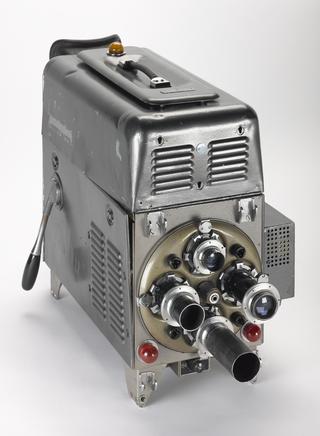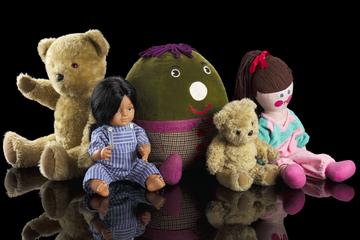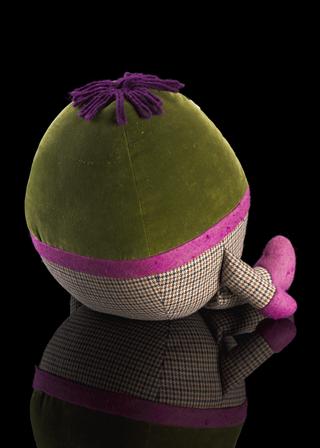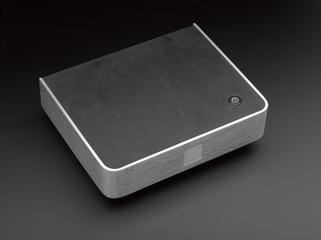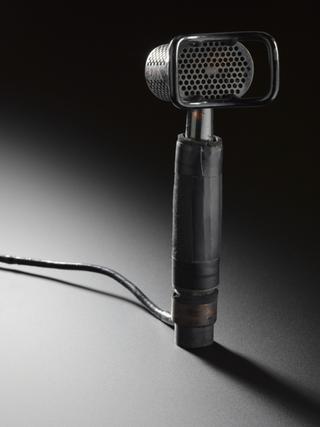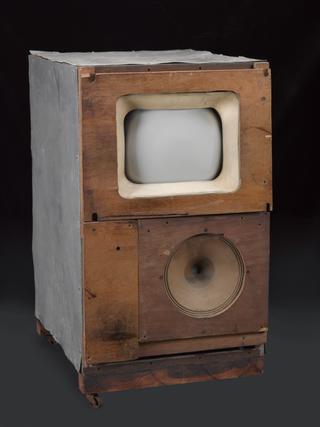
The Many Faces of Morph




Framed drawing entitled 'The Many Faces of Morph' by Peter Lord.
Morph is a clay character produced by Aardman for the BBC, firstly appearing in Take Hart: an art show for children presented by Tony Hart and first aired in 1977. Later, Morph appeared in SMart – a similar TV show presented without Tony Hart - and his own show, Morph, on Sky.
Before Aardman was formed, Peter Lord and David Sproxton made animated segments for Vision On, a BBC show aimed at integrating deaf children in to the wider community. An early form of Morph appeared on this show, in some of the regular Aardman Animation slots. These segments would feature the classic clay models talking in gibberish or acting in silence to a punchy score. The lack of dialogue was perfect for a show aimed at deaf children, and would continue long after Vision On ended and Aardman Animation set up their own company.
Peter Lord himself drew this model, featuring a few of Morph’s iconic poses. The Morph pose seen in the centre of this artwork is the same position Morph sat in while on display in the National Science and Media Museum’s animation gallery.
Details
- Category:
- Television
- Object Number:
- 2008-5094/1
- Materials:
- paper (fibre product)
- type:
- drawing - visual work
- credit:
- The National Media Museum, Bradford
